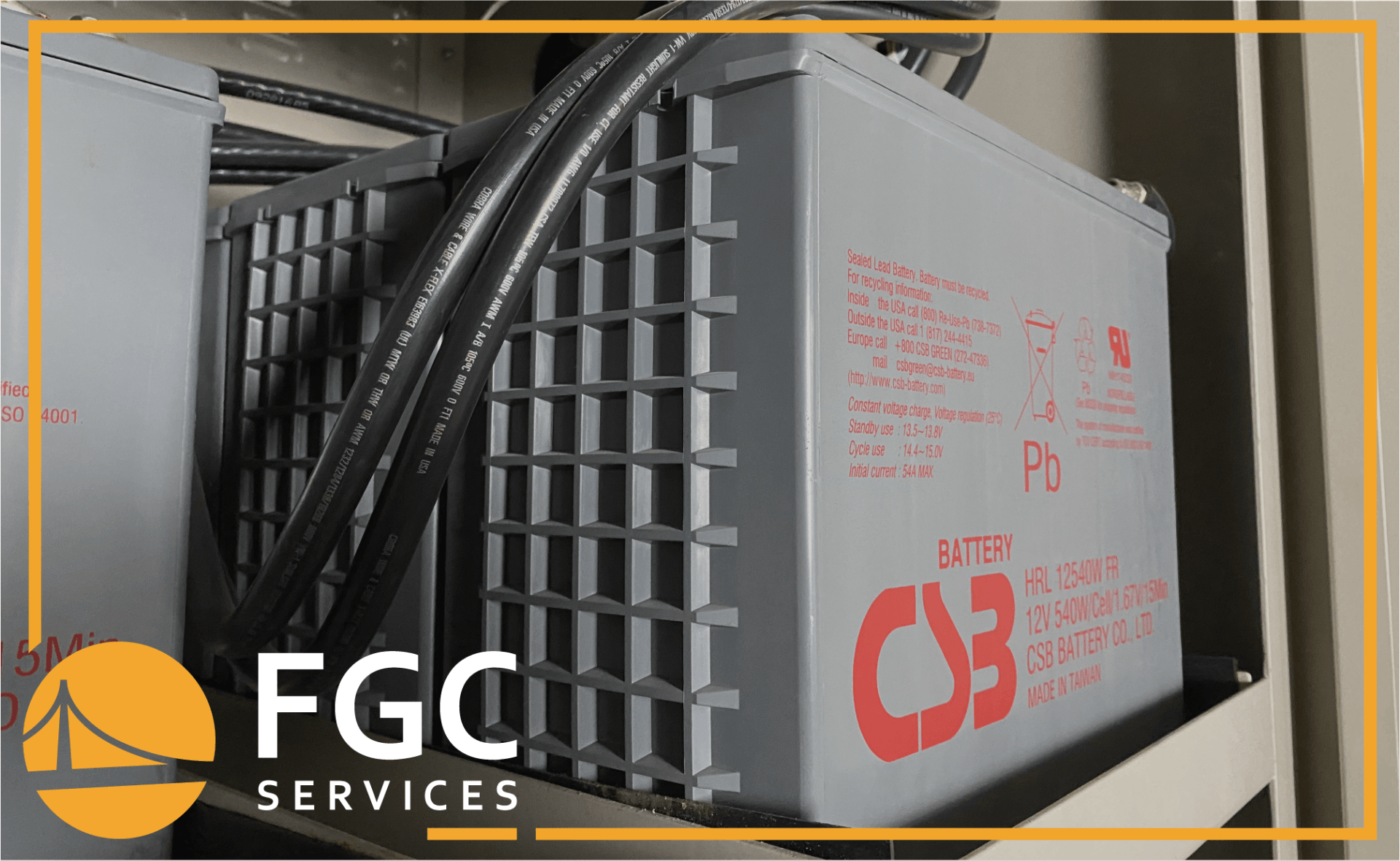Case Study #7: UPS Failure From Outdated Parts
21 October 2022
Share this article:
Type of Customer/Facility: Casino
Location: New Jersey
Product: Liebert AP610T 500 kVA UPS System (Date Code: 2012). Backs up the data center.
Service Level with description: PM+ contract includes the number of scheduled maintenance visits as well as 24/7 emergency service with a response but does not include the purchase of replacement parts or the labor to install replacement parts.
Summary: UPS system tripped and would not reset, resulting in building running on utility power. A smell was radiating throughout the room, leading the FGC team member who troubleshooted via telephone to believe capacitor or transistor failure. Contract is PM+ and does not include replacement parts or the labor to install the replacement parts.
Preliminary Actions: The UPS unit was offline with an inverter fault and DC fuse open alarm. Initial troubleshooting determined the DC shunt fuse and DC capacitor fuses were open, the AC output capacitors were burnt, and there was inconsistent resistance reading on rectifier SCR’s.
Mean Time to Repair (MTTR): 24 hours to diagnose, 7 days to order, deliver, and install multiple parts
Failed Parts: Yes (Inverter, Shunt and Capacitor Fuses, AC Output Capacitors)
Findings/Solutions: Our NOC received a call from our customer in distress, indicating their UPS unit was no longer functioning and was emitting an odd smell throughout the room. By the next day, our field engineer troubleshooted the unit and determined the inverter, shunt and capacitor fuses, and the AC output capacitors had failed because of the lack of recommended replacement parts previously. All capacitors and fuses were then ordered and replaced within the week. Inverter parts were then ordered to be installed on the customer’s next preventative maintenance visit.
1. NOC received a call from the customer regarding the failed UPS unit.
2. The field engineer inspected and troubleshooted the unit to determine the failed parts.
3. The FGC parts team overnight ordered the parts for the field engineer to replace.
4. The field engineer replaced the ordered parts and scheduled further part installment upon the next preventative maintenance visit.
5. The FGC team called the customer following the successful repair to check in to make sure UPS is running without issues.
6. Customer was very pleased with the response and repair.
Connect with Us:





